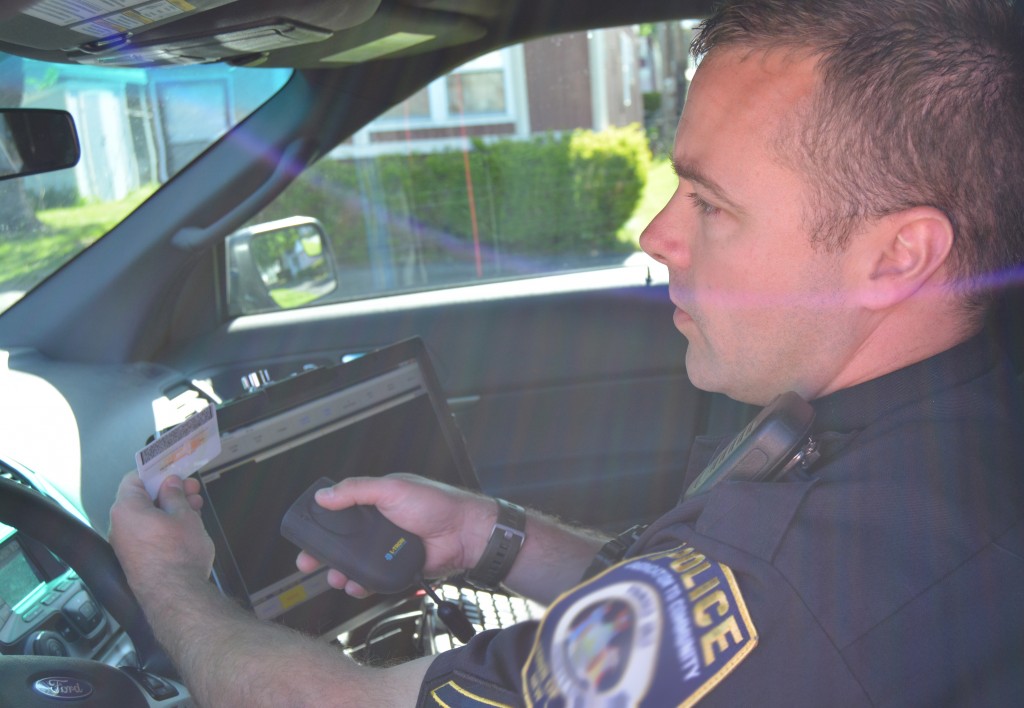The world is a dangerous place and situational awareness matters now, more than ever before. But, there is no denying that the game has changed.
With new technologies evolving all around us, it’s easy to see that distractions can take their toll and impact our safety and the safety of those around us. For more information, take a look at our white paper: ‘At the Intersection of Situational Awareness and Technology.’
When used effectively, technology can improve an officer’s situational awareness – provided he/she is in the right location, the right situation, and embraces the right mindset.
How much technology is actually in the patrol car? View Situational Awareness [Infographic].
So how does the 21st Century law enforcement professional ensure they apply a ‘Situational Awareness Mindset’ and utilize the technology tools at hand to their benefit?
The key is in understanding how to train your mind to be situationally aware. Understanding not only that you need to be aware, but understanding what you should be aware of:
We frequently discuss the external elements of situational awareness, but can sometimes neglect or undervalue those internal aspects that make a big difference.
Whether you prefer Cooper’s Color Code, the OODA Loop, or any other method you might have learned in recruit training, below are 5 tips to enhance your situational awareness mindset:
1. Continuously assess your mental sharpness & avoid tunnel-vision and distractions.
Use Cooper’s Color Code here and understand the subtle differences between the different levels of self-awareness (white – relaxed/oblivious, yellow – relaxed/alert, orange – heightened/alert, and red – survival mode). Use all of your senses; you should never be oblivious to your surroundings!
2. Anticipate and understand your own tendencies, as well as the tendencies of others.
For many in this age of technology, a ‘knee-jerk’ reaction to a lull in conversation or even stopping at a red light is to check a mobile phone or some other technology. If you’ve ever noticed yourself engaging in similar habits, make it a point to identify your triggers and test your level of situational awareness regularly throughout your shift.
3. Modify your routines, work practices, and other tactics.
Ensure that situational awareness is built into each and every thing you do (both on the job and off). Many dangerous habits and distractions are not that obvious and frequently disguised as important tasks. For instance, you would never drive your patrol car with your head down and the radio blasting. An example of a best practice is looking straight ahead to keep your eyes on the person ahead, as shown below.
 4. Use technology appropriately.
4. Use technology appropriately.
Do everything you can to ensure technology is aiding you in your mission and not taking time, energy, and attention away from the task(s) at hand. Training before using technology and following manufacturer’s instructions are key. For example, in the video clip below, an officer shares a best practice safety tip when scanning a driver’s license.
 5.Be ready to adapt to changing conditions at all times.
5.Be ready to adapt to changing conditions at all times.
A critical element highlighted through the use of the OODA Loop (Observe, Orient, Decide, Act) is the ability to act and modify approaches based on results and expected outcomes.
So the questions is: are you being mindful of your surroundings and also maintaining a situational awareness mindset in this age of technology to prevent distractions?
Are you interested in learning more on this topic? L-Tron Corporation is sponsoring a webinar on Officer.com titled: Distracted Patrol: Managing the 21st Century Technology Tightrope.
When: Wednesday, September 30, 2015
Time: 1:00 PM EST
What are you tips to enhance a situational awareness mindset? Let us know by leaving a comment below, tweeting us @LTronCorp, or sending us an email at info@l-tron.com – we’d love to hear from you!


 4. Use technology appropriately.
4. Use technology appropriately.
